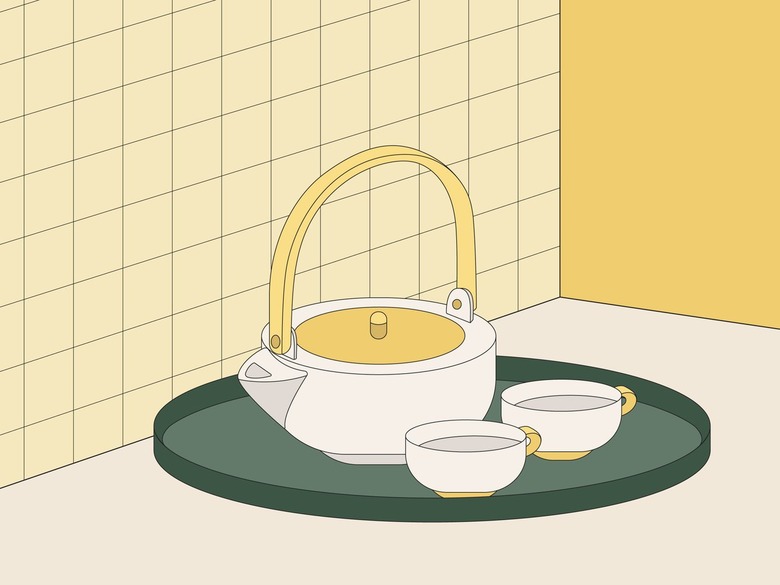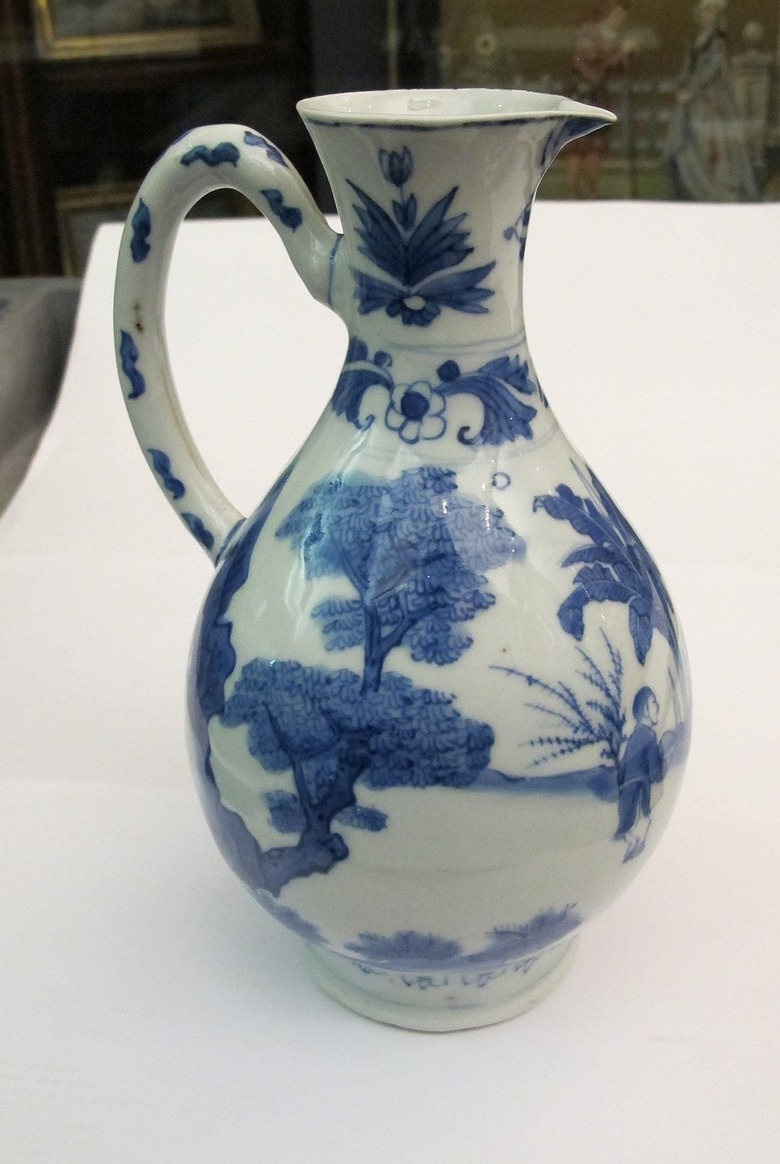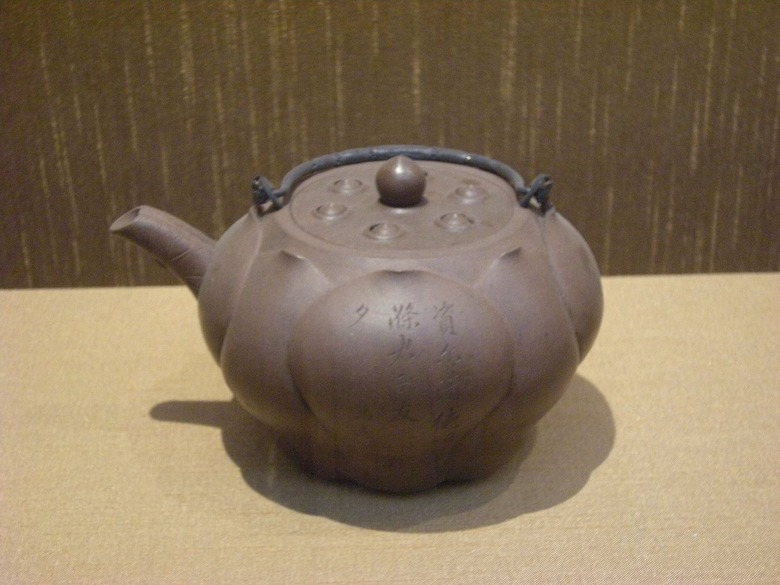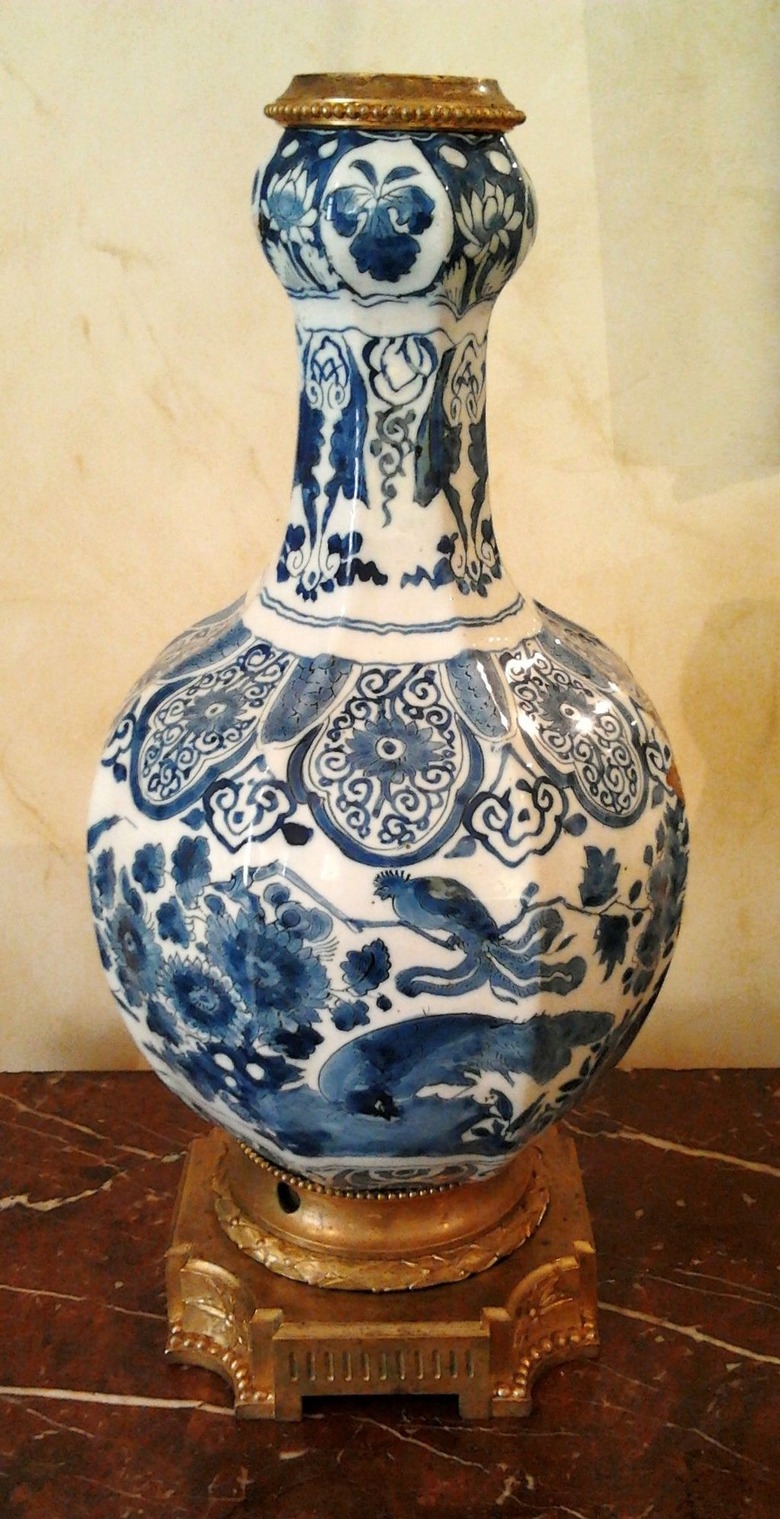How Teapots Became A Worldwide Home Essential
While tea has been consumed for some 5,000 years, beginning in China before moving throughout Asia and eventually the West, the teapot itself is a relatively modern invention. The first models only arrived on the scene as early as the late Yuan dynasty (or roughly the 14th century) in China — or at least the first models of which we have written records.
From there, the craft of making teapots has become something of an art form, with various countries developing their own styles of artistic tea wares throughout the centuries.
In honor of January being National Hot Tea Month, here's everything you wanted to know (or, more likely, didn't know you wanted to know) about the humble teapot.
Who invented the teapot — and when?
Who invented the teapot — and when?
It's a more complicated answer than you might have imagined.
In China, tea was not originally prepared from loose leaves, but from compressed bricks of powdered tea leaves mixed with other spices, which did not require steeping — the bricks were broken back down into powder that dissolved in hot water. But, according to Kuei-hsiang Lo and Rongzhi Ye in their book The Stonewares of Yixing, during China's Yuan dynasty, tea preparation styles changed, necessitating the invention of teapots for steeping. One of the earliest written mentions of a teapot comes from that period, in the late 14th century.
Of course, many experts suspect teapots were invented far earlier. "It strains credulity to believe so inventive a people as the Chinese never thought to brew tea in their so-called wine ewers," writes James Norwood Pratt in The Ultimate Tea Lover's Treasury, noting that those ceramic wine ewers, which are very aesthetically similar to the teapot, had already been around for centuries.
But the proliferation of teapots throughout China — and eventually the rest of the world — began in the region of Yixing, where potters began making zisha teapots, the quintessential rotund vessel with a spout, in mass. They eventually gained popularity during the 16th-century Ming dynasty and were transported around the globe via the tea trade.
How did the West change the look of teapots?
How did the West change the look of teapots?
As tea became the most desired product in Western society through the highly contentious tea trade in the 16th and 17th centuries, the extremely expensive product was originally only enjoyed by the upper class. The preparation of tea became something of a spectacle, which necessitated lavish teapots fit for royalty.
Though European craftspeople were not as skilled as the Chinese and even the Japanese — who trained with Chinese artisans, according to Laura Everage in an article for tea and coffee trade magazine Fresh Cup — when it came to working with porcelain and other earthenware, they did try to mimic the style. That's how blue and white Delftware from the Netherlands originated.
But eventually, Europeans, Britons, and even Americans began to adapt the teapot's style to suit their own aesthetics. Namely, they introduced some rococo flourishes into their designs and even switched the material to silver in some cases. Nowadays, you can find a beautiful variety of contemporary designs.
What's the difference between a teapot and a tea kettle?
What's the difference between a teapot and a tea kettle?
Simply put, a teapot is the vessel used for brewing tea, while a tea kettle is the vessel used to boil water for tea. Teapots often come with built-in strainers because of this.
The four main types of contemporary teapots:
The four main types of contemporary teapots:
These days, teapots come in all different shapes and sizes, but the most important element is their material. According to The Whistling Kettle tea brand, the type of material should actually correlate to the type of tea you're brewing. With that in mind, here are the four main types of teapot materials, and which types of teas they're best suited for.
- Ceramic: Sometimes, the oldest method is the best! Ceramic teapots have obviously earned their stripes over the years. You can buy all sorts of ceramic vessels, from classic zisha teapots from China to Wedgwood porcelain ones. Not all ceramic materials are made equal — thicker clays and stoneware retain more heat, while porcelain releases more heat. Because of that, the former two are better for robust black teas, oolong, and pu-erh, while the latter is better for white and green tea, which are more delicate.
- Glass: The advantage of a glass teapot is that you can see what's going on inside the vessel, whether that's watching a tea flower blossom or simply gauging the color of the tea before serving. On the cons side, glass doesn't retain heat well and it can be fragile (though so is porcelain!). As with porcelain teapots, glass teapots are ideal for white and green tea.
- Cast iron: Most contemporary cast-iron teapots take on a traditional Japanese style known as tetsubin. They're beautiful statement pieces, but they can be quite heavy. Traditional tetsubin are used more like tea kettles in that you boil the water in them but brew the tea in a separate vessel as part of a tea ceremony, while modern cast-iron teapots can be used to brew tea directly. In either case, you can brew all types of tea in cast-iron teapots, though the most common type is Japanese green tea like sencha.
- Stainless steel: If you're seeking a more modern look, stainless steel is the way to go. Most stainless steel teapots are also tea kettles, as you can usually boil water in them directly. They not only retain heat well, but they're also easy to clean. While you can brew any type of tea in a stainless steel pot, tea connoisseurs typically prefer to use the other types of vessels out of tradition — stainless steel is best for tea drinkers who want to "set it and forget it."



